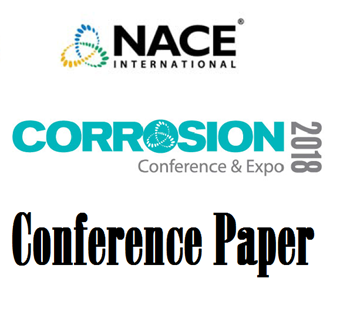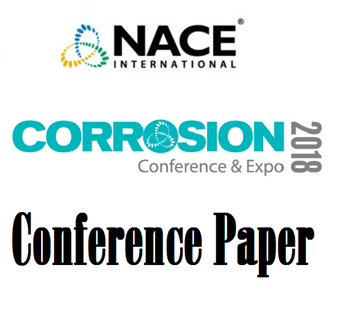Search
51315-5721-Effects of Intermittent DC Stray Current on Carbon Steel Under Cathodic Protection
Also Purchased
51318-10689-PIPELINE STRAY DIRECT CURRENT (DC) INTERFERENCE
Product Number:
51318-10689-SG
Publication Date:
2018
$20.00
51318-11045-Corrosion Behavior of Buried Pipeline under Dynamic DC Stay Current Interference
Product Number:
51318-11045-SG
Publication Date:
2018
$20.00
Combined Cathodic and Anodic Interference in Pipeline - An Analysis
Product Number:
51317--9004-SG
ISBN:
9004 2017 CP
Publication Date:
2017
$20.00




